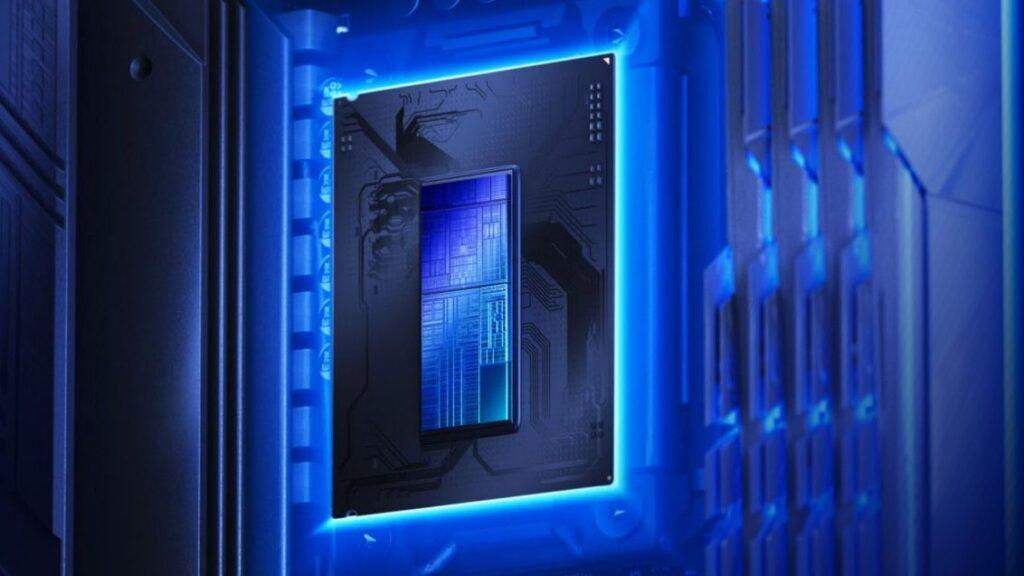- Intel bets heavily on Jaguar Shores to compete in AI
- Gaudí chips give Intel a chance in the AI inference market
- Intel hopes node 18A will give it a manufacturing advantage
Intel has been quietly building its AI chip portfolio and recently added the Jaguar Shores AI accelerator to its roadmap in a significant move as it seeks to compete with the likes of Nvidia and AMD.
The Jaguar Shores AI accelerator, unveiled at the recent SC2024 supercomputing conference, is a key part of Intel’s strategy to remain competitive. Although details are scarce, Jaguar Shores is likely to be the successor to Falcon Shores, which is scheduled for release in 2025.
Jaguar Shores could target AI inference, an area where Intel hopes to make headway against Nvidia and AMD. It’s not yet clear whether Jaguar Shores will be a GPU or an ASIC, but Intel’s current product roadmap suggests it could be a next-generation GPU designed for enterprise AI applications.
A fight for market relevance
While Intel has lagged behind its competitors in AI training hardware, the company is now focusing on AI inference, leveraging its Gaudi chips and future technologies like Falcon Shores and Jaguar Shores.
However, to regain its competitive advantage, Intel will need to overcome several technical and organizational challenges.
Intel has faced multiple setbacks in the AI hardware space, especially in the GPU segment. The company’s previous attempt to develop a GPU, the Rialto Bridge, was canceled due to a lack of customer interest, leaving institutions like the Barcelona Supercomputing Center in a difficult position.
Intel’s plans for the Falcon Shores GPU have been revised several times, originally intended as an integrated CPU-GPU product and now reimagined as a standalone GPU.
Intel has largely ceded the AI training market to Nvidia and AMD, with Nvidia dominating thanks to its GPUs and CUDA software. Intel CEO Pat Gelsinger acknowledged the company’s distant position in the AI race before his retirement, admitting that Intel currently ranks behind Nvidia, AWS, Google Cloud and AMD.
Intel is banking on its upcoming 18A manufacturing node to give it an edge over rivals like TSMC. The 18A process, which incorporates new technologies such as RibbonFET transistors and rear power delivery, promises to improve chip efficiency and performance.
Through HPC cable




